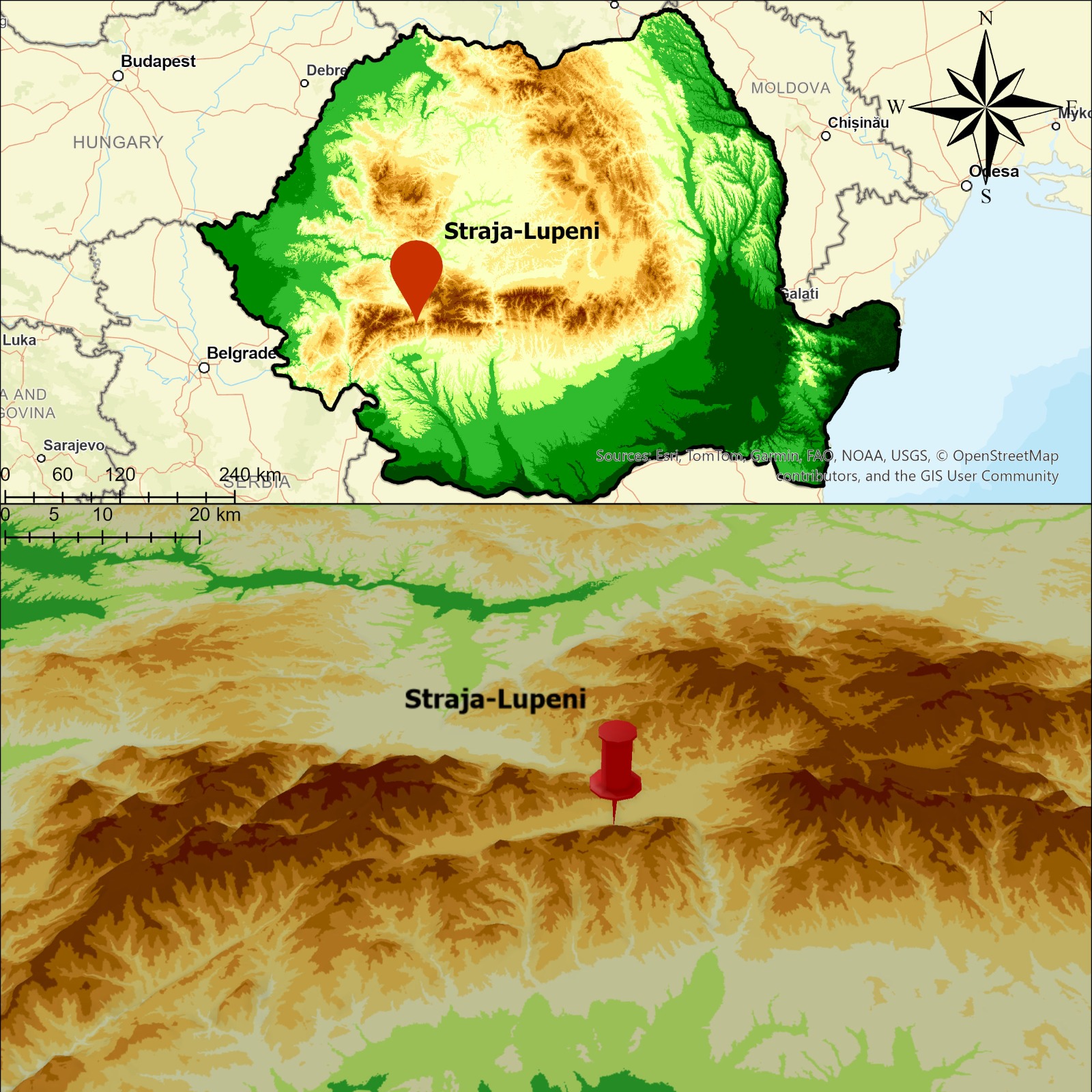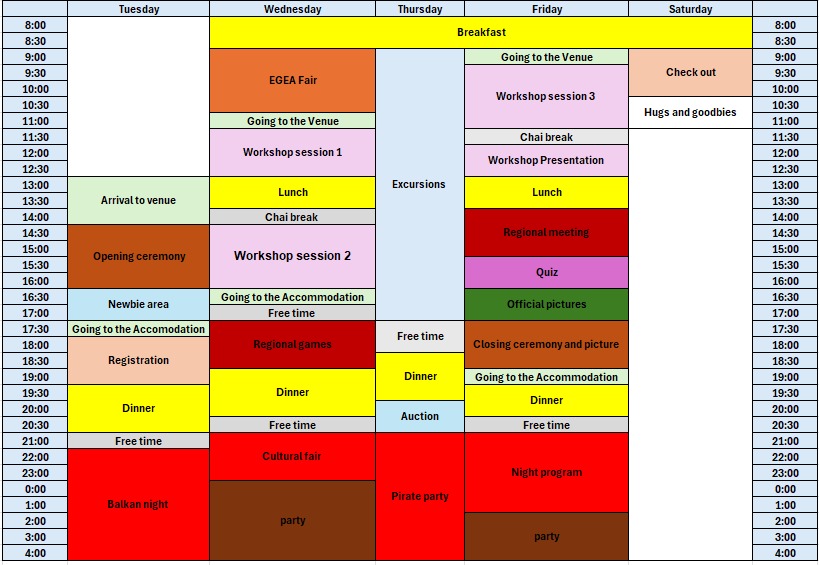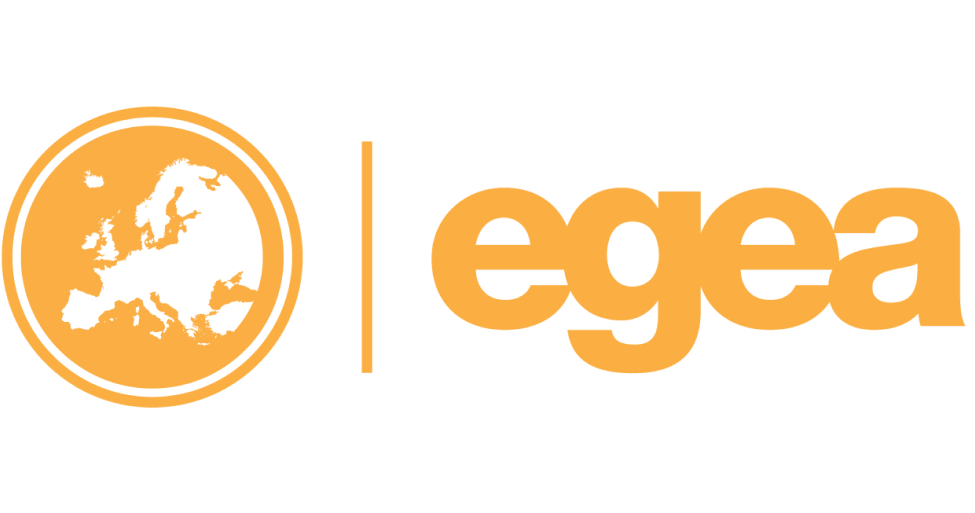- This event has passed.
East & MEDITERRANEAN REGIONAL CONGRESS 2025: EUROPEAN TOURISM: SHAPED BY TIME, TRANSFORMED BY GEOPOLITICS

Introduction
Hello guys and welcome to our first and beloved East & Mediterranean Regional Congress 2025 hosted by EGEA Timisoara and EGEA Cluj-Napoca!
In Eastern and Mediterranean Europe, tourism was heavily shaped by the political and economic system. The socialist regime limited traveling abroad, focusing on domestic tourism and arranging group travel to other countries. Due to the well-developed infrastructure and limited services in Eastern Europe, tourism was aimed at middle-class workers. Tourism was heavily controlled, limiting foreigners’ access to certain areas. In the Mediterranean regions, countries such as Greece and Turkey, although not communist, were caught in the middle of the Cold War, which also impacted their tourism industries.
In contrast, Western Europe operated in a free-market system, attracting millions of global tourists with developed infrastructure, iconic cultural landmarks, and diverse accommodations. Citizens had the freedom to travel internationally, making the region a major global tourism hub.
Therefore, the fall of the Iron Curtain 35 years ago marked a significant turning point in European history and tourism, ending the isolation between Eastern and Western Europe. Eastern Europe modernized and opened to international tourism, while Western Europe retained its more developed and globally renowned status. Once-inaccessible cities like Prague, Budapest, and Bratislava now offer a blend of history, architecture, and culture.
Together with our partners, we, the EMRC 2025 Orga Team, are eager to show European geographers how tourism in Europe was shaped by time and influenced by geopolitics.

Our congress accommodation will be in Straja-Lupeni, at Cabana Daiana. It is very cozy and surrounded by Carpathian Mountains. Go and check it out on our instagram page.
P.S.: we didn’t post any pictures with the food, because we didn’t want to make you hungry.
how much time till EMRC 2025?
22 April from 14:00 to 26 April from 12:00 Europe/Romania
Programe

Potential workshops
Hi guys, the wait if over!
Now you can fill the form and apply as a workshop or training leader at the EMRC 2025!!!!
Don t think too much, you have time till the 29th of January.
You can find the link to the form down below!
If you feel like you cannot make it because of money, you can always fill out the support fund form, but do it before the registration is closed.
Countdown until registration close!
How to get there:
Which station do I go?
The closest train station to Straja Resort is Petrosani, at around 26km away, but there are no Internationat Trains that stop there. There are multiple trains that come from either Vienna or Budapest that stop at Simeria train station which is 80km away from Petrosani (or 2 and a half hours by train) and you have accesible train connections. From Petrosani there are no direct buses to the resort, but they lead to Lupeni Town. From there, you can either take a taxi, or we will pick you up.
What is the best train fare for me?
There are no reduced fares for international students in Romania.
The road leading to Straja from Lupeni is well-mentained, but beware, it is pretty narrow and steep! You can park your car at the Resort, but parking is limited.
There are no interntional buses stopping near Straja, the closest being Flixbus stopping in Deva City. From there you can take the train to Petrosani.
There are buses from Petrosani to Lupeni running at regular intervals, depending on the time of the day and the week. From there we can pick you up or you can take a taxi.
Link to the bus schedule in Petrosani: https://cniptpetrosani.ro/local-transport/?lang=en
Cycling in Romania is dangerous because of the absence of biking infrastructure. Also, drivers are not used with bikes on main roads and they may be aggressive or not pay enough attention to you.
People in Romania do hitchhike often and people will pick you up. Just get ready for the most balkanic car ride of your life and hold on tight.
Closest aiport is Sibiu Airport, where you will need to take the bus to the train station. There is no direct train from Sibiu to Petrosani, you will need to change one.
Other airports around Straja are Timisoara and Cluj-Napoca. You can only take a direct train from Cluj-Napoca; from Timisoara you will need one change.
Contact data:
if you have any questions feel free to contact us:
Excursions
Deva Fortress & Corvin Castle
Târgu Jiu (Brâncuși’s Masterpieces and City Landmarks)
Hard Hike – Piule Peak & Easy Hike – Straja Resort & Straja Peak
Workshops


